Market Analysis and Forecasting: The airport environment is a complex ecosystem comprising various stakeholders, including airlines, passengers, regulatory bodies, service providers, and commercial entities. As the global aviation industry continues to grow, understanding the market dynamics and forecasting trends in the airport environment becomes crucial for all stakeholders involved. This article delves deep into market analysis and forecasting, with a specific focus on understanding the airport environment.
Market Analysis and Forecasting: Understanding the Airport Environment
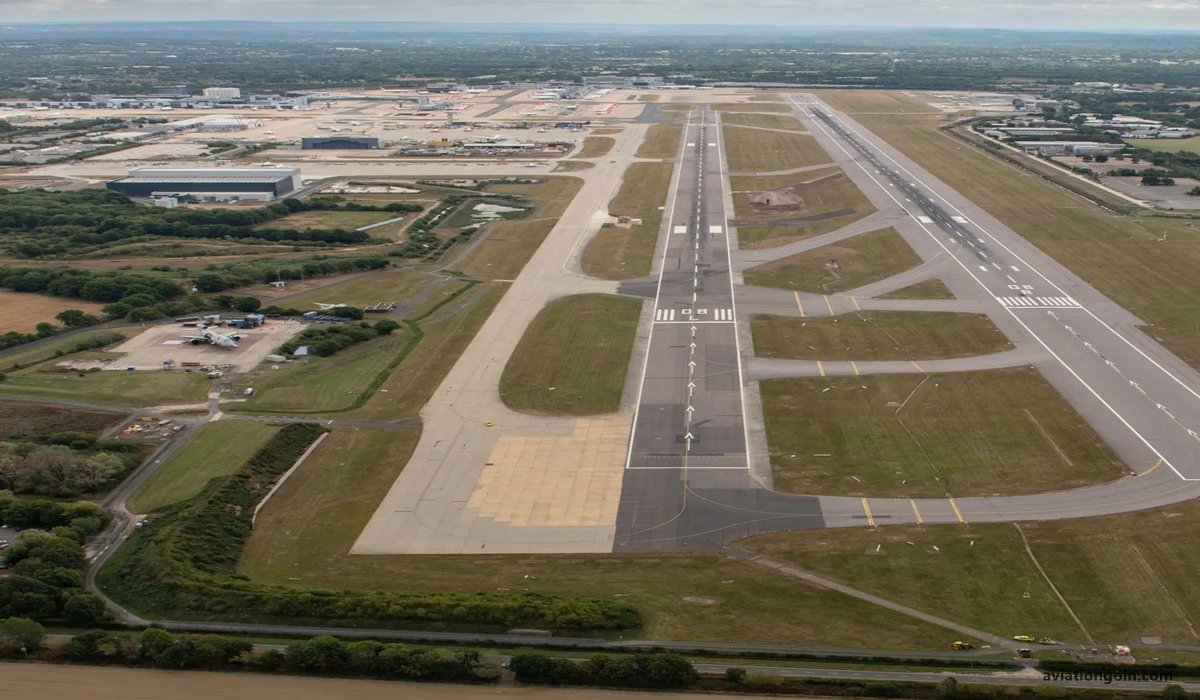
1. Introduction to the Airport Environment
Airports are not merely terminals where passengers embark and disembark from aircraft. They have evolved into multifaceted hubs for travel, commerce, leisure, and logistics. Factors such as technology advancements, economic shifts, policy changes, and consumer behavior patterns all play a role in shaping the modern airport environment.
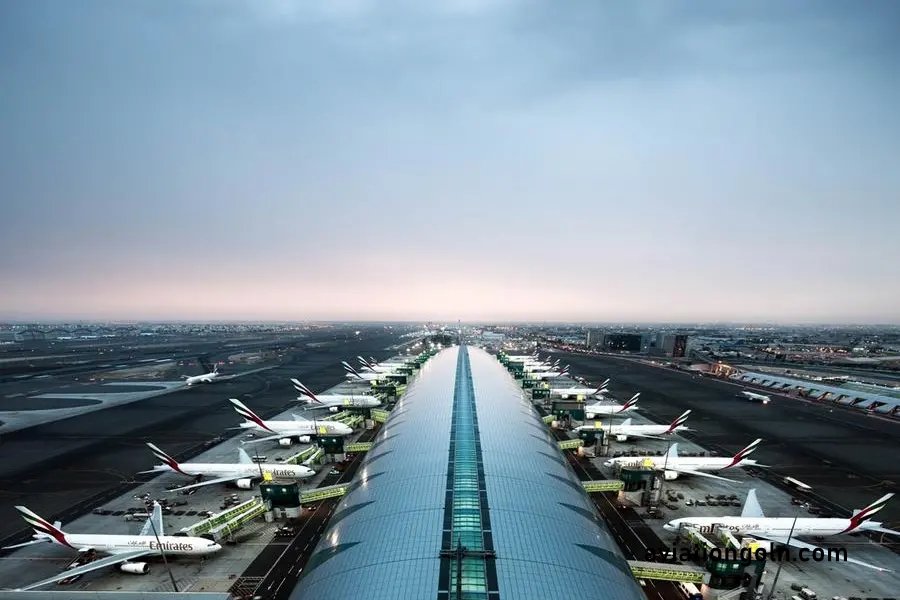
2. The Need for Market Analysis and Forecasting
Why is market analysis vital for the airport environment?
- Strategic Planning: Airports, like any business, need to plan their infrastructure, services, and expansion based on expected demand.
- Financial Management: Accurate forecasting helps in budgeting, revenue management, and securing funding for large-scale projects.
- Risk Management: Understanding market trends and forecasting allows airports to prepare for potential disruptions or downturns.
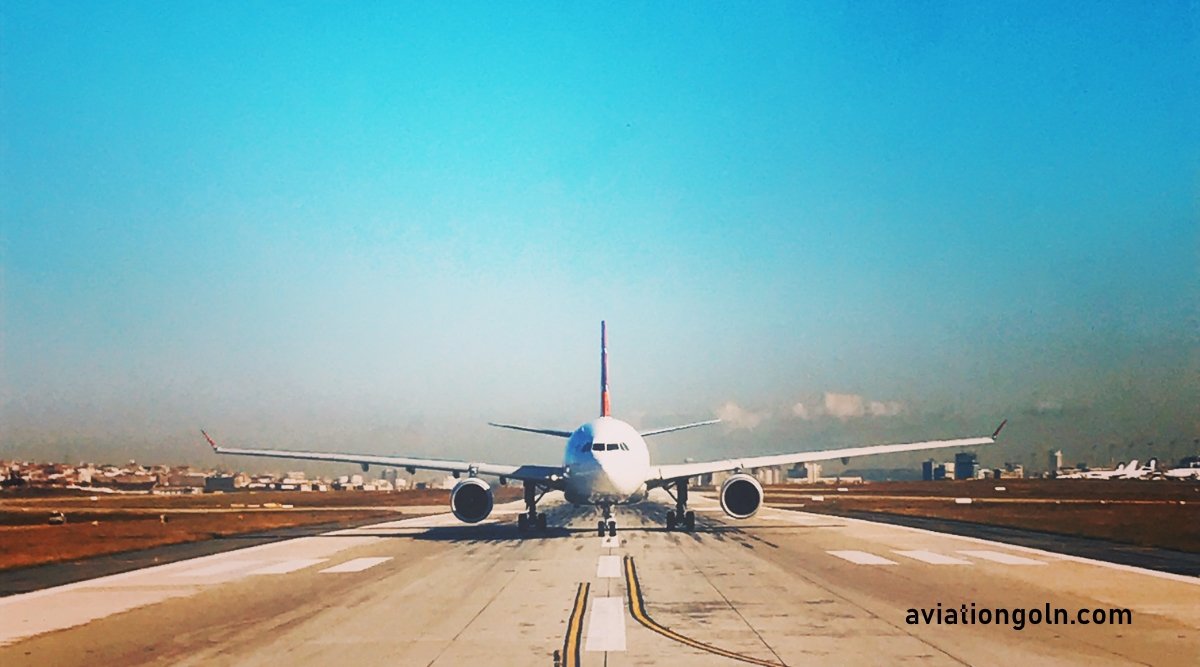
3. Key Factors Influencing the Airport Environment
- Economic Growth: The economic status of a region or country can significantly affect passenger traffic and demand for air travel.
- Technological Advancements: From biometric screening to automated baggage systems, technology can reshape airport operations and passenger experiences.

- Regulatory and Policy Changes: Decisions by aviation authorities and governments, like Open Sky agreements or environmental regulations, can influence airport operations.
- Passenger Behavior: Changing preferences, such as the rise of low-cost carriers or the demand for enhanced airport experiences, can drive airports to adapt.
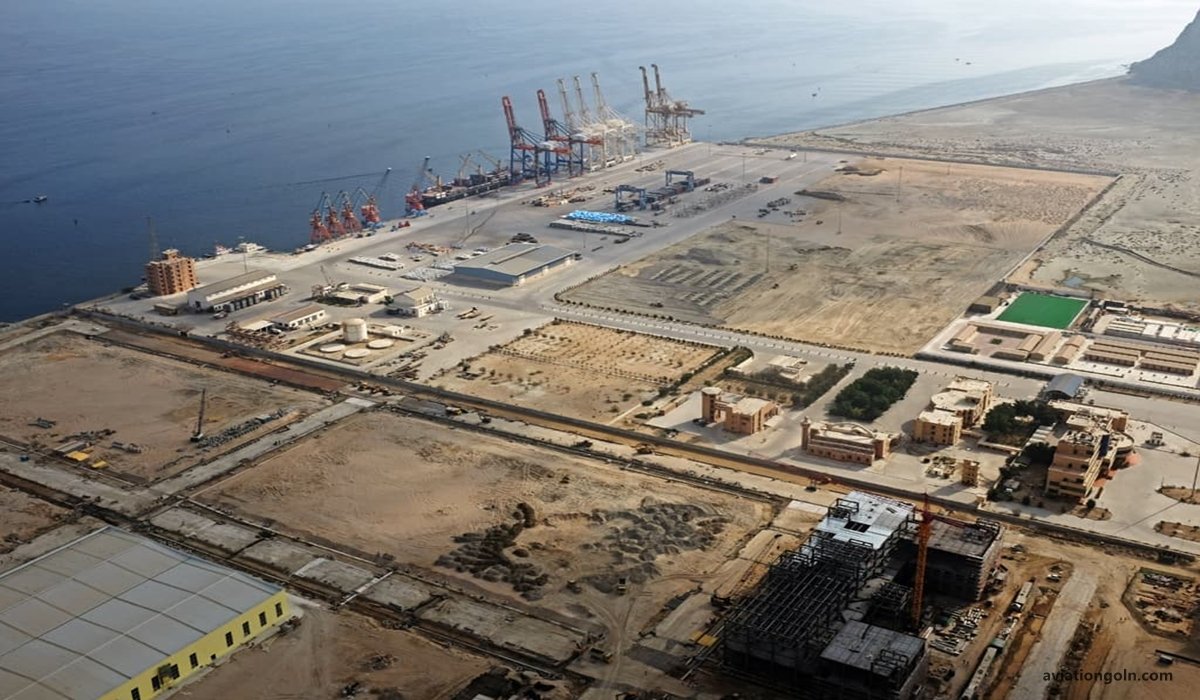
4. Steps in Market Analysis and Forecasting
a. Data Collection: This is the foundational step. Relevant data includes historical passenger numbers, cargo volumes, flight frequencies, economic indicators, and more.
b. Data Analysis: Using statistical tools, the collected data is processed to identify patterns, correlations, and trends.
c. Model Development: Based on the analysis, forecasting models like time series analysis, regression analysis, or econometric models can be developed.
d. Forecasting: Using the models, predictions are made for future passenger traffic, cargo volume, peak demand times, etc.
e. Validation: The forecasted results are periodically checked against actual figures to refine and adjust the forecasting models.
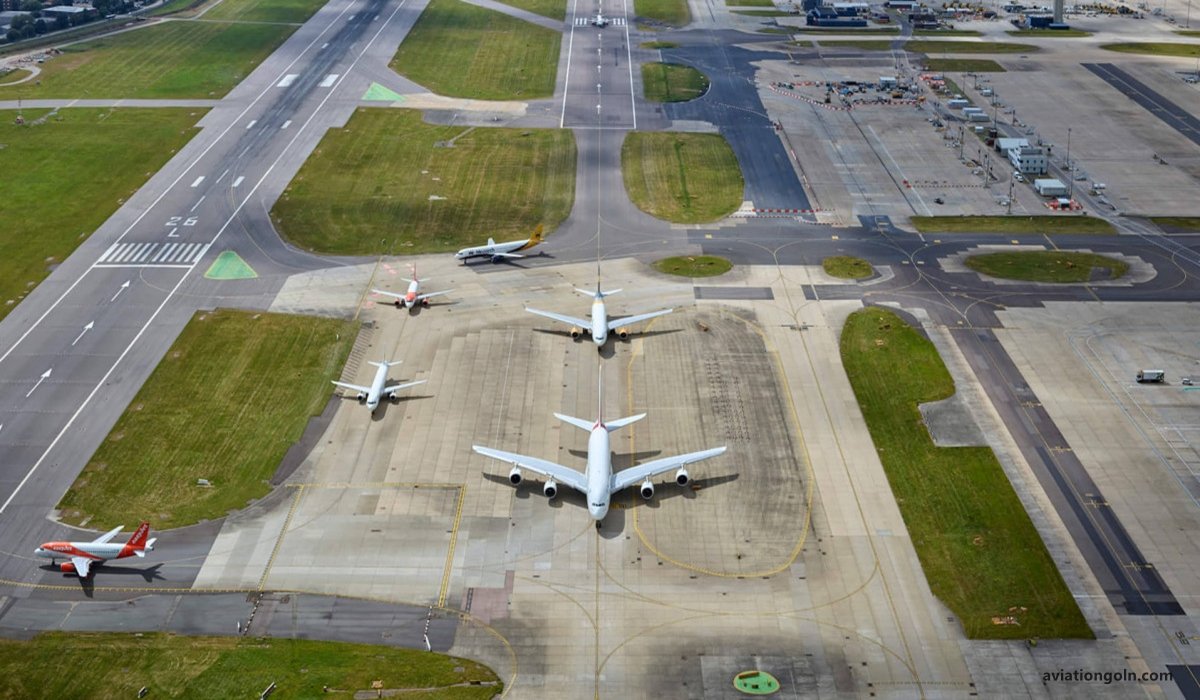
5. Challenges in Airport Market Analysis
- Dynamic Factors: The aviation industry is influenced by numerous unpredictable factors, such as geopolitical events, epidemics, or sudden economic downturns.
- Data Limitations: Especially in regions with newer airports or in developing countries, historical data may be limited.
- Rapid Technological Change: The pace at which technology is evolving can sometimes outstrip forecasting models, necessitating frequent updates.

6. The Future of Airports and the Role of Forecasting
Given the myriad factors influencing the airport environment, what might the future hold?
- Sustainability: As environmental concerns become paramount, airports will need to adapt by implementing sustainable technologies and practices. Forecasting will play a role in understanding the investments and returns of these initiatives.
- Personalization: With the rise of data analytics and AI, airports can offer a more personalized experience to passengers. Market analysis will be crucial in understanding what passengers value most in their airport experience.
- Smart Airports: The integration of IoT, automation, and AI will lead to smarter airport operations, from security to baggage handling to air traffic management. Forecasting can help in the timely adoption and implementation of these technologies.
- Diversification: Airports might diversify their revenue streams. For instance, they could evolve into multi-modal transport hubs or expand their retail and leisure offerings. Market analysis can guide these diversification strategies.

Market analysis and forecasting are integral to the evolution and efficient operation of the modern airport environment. By understanding past trends, analyzing current data, and predicting future patterns, airports can optimize their operations, enhance passenger experiences, and ensure sustainable growth.
In an age where consumer preferences shift rapidly and technological advancements can revolutionize operations overnight, having a finger on the pulse of the market is not just beneficial—it’s essential. As the aviation industry looks towards a future of growth, sustainability, and innovation, the role of market analysis and forecasting in the airport environment will only become more prominent.
